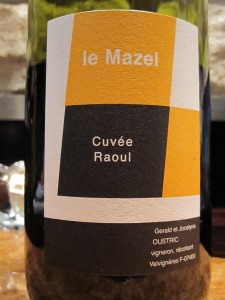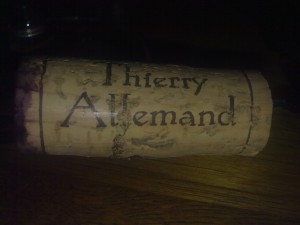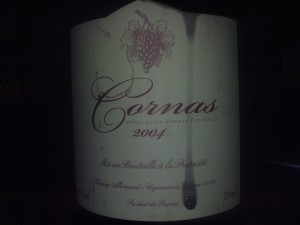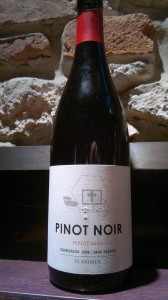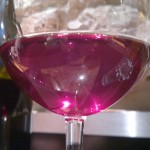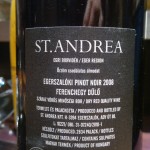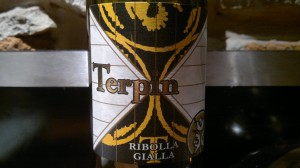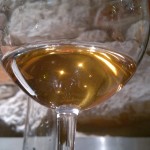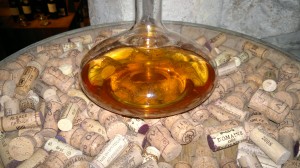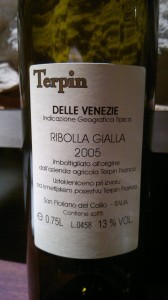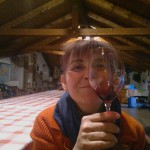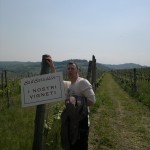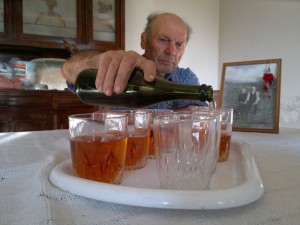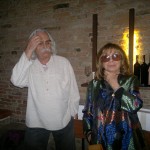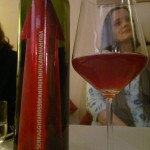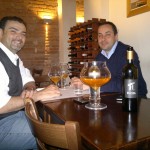May 30, 2011
A tasting note: 2006 Le Mazel Cuvée Raoul
Ok, you can’t make a wine without the addition of sulfite’s right? I hear this over and over again. If this comment came from your average everyday wine drinker, then okay, at least this person would probably be open to my opinion on this, and would very likely listen with interest. Unfortunately, this comment most often comes from “knowledgeable” wine persons. Wine persons who the minute you say that you can make wine without the addition of sulfur, get in your face and say that it “is impossible!”. At this point they’re smirking and looking the other way and don’t even want to humor the discussion
The second comment I hear often is, wines made without the addition of sulfur cannot be stored and must be drunk up right away. Hmmmm. These two reasons are exactly why I have my blog. So that I can express myself about things I not only believe in, but have some experience with. My more than 7 years experience working and selling wine. My more than 4 years experience working and selling wines made without the addition of sulfur. Actually, without the addition of anything. Like I always say, nothing added, nothing taken. So there…
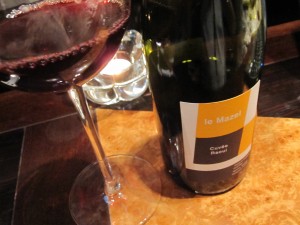 The Cuvée Raoul is a wine I have tasted many many many times. In fact, about two years ago when i first started to sell this wine at Jacob’s, we sold lots of it. And I mean lots of it. 100’s of bottles. Why? Because it was good and we liked it. In fact, our guests liked it and these are the reasons we could not keep the wine on the shelves…
The Cuvée Raoul is a wine I have tasted many many many times. In fact, about two years ago when i first started to sell this wine at Jacob’s, we sold lots of it. And I mean lots of it. 100’s of bottles. Why? Because it was good and we liked it. In fact, our guests liked it and these are the reasons we could not keep the wine on the shelves…
Cuvée Raoul is one of the most consistent and stable “natural” wine’s I have sold (Bressan being another). There was hardly any bottle variation and once opened, stayed drinkable (in fact improved) for up 18 days. I once had a bottle opened for 21 days before I noticed any fade in the fruit. Of course I must disclose that the 21 days was deliberate. We drank a few glasses, put the cork back in and placed it in the wine cooler…..and waited..
Gérald & Jocelyne Oustric’s Domaine Le Mazel is located just south of Ardeche in the Southern Rhône (in France, of course). They have been making wine without the addition of sulfur since 1998. This might explain why their Cuvée Raoul was so stable, so alive. They don’t add anything to their grapes after hand-harvesting the grapes. No yeast. No enzymes. No acid. No sugar. Nada
The 2006 Cuvée Raoul is made up of about 70% Grenache and 30% Syrah grapes from soil dominated by calcarious clay (vineyards are in Valvigneres). Spontaneously fermented in steel where it stayed on the skins (maceration) for 40-60 days before being pressed and transferred into cement where it matured before being bottled without fining or filtering.
Date tasted: Saturday May 28th, 2011 17:45
(I will preface this by saying I hadn’t tasted the wine since my birthday over a year ago and wasn’t sure what to expect when i opened the cork)
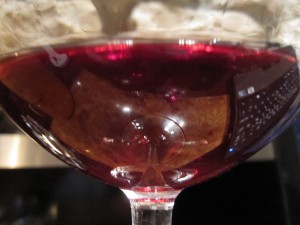 color: still a perfect medium bluish-red, no real development showing. Medium intense and clean. No visible sediment.
color: still a perfect medium bluish-red, no real development showing. Medium intense and clean. No visible sediment.
Nose: Very intense and very, very aromatic. Floral – Violets. Sweet cherries and “amarena” cherries. Hints of farm and cough syrup-like notes. Some gorgeous volatile aromas to help carry those aromas out of the glass and into my nose without being sour or vinegary. Cherry cough drops. No development noted and no oxidized aromas. Very fresh.
Palate: Fine focused fruit showing no development on the palate either. Very sweet fruit. Very, very slight hints of cured meats (think prosciutto here), which I remember also being there the last time I drank the wine. Medium high acidity with medium, sexy (fruit) tannins that gripped nicely. Very long finish. Alcohol is hardly noticeable at all at 12.5%, only helping give this wine some weight.
We were pleasantly surprised at how well this wine was drinking going on 5 years and the only ingredient besides passion and love was healthy, ripe grapes. Listen up…. not only was this wine made without the addition of sulfite’s, I was lucky enough to have not drunk it up “right away”. These two facts brought us a half hour of great pleasure a few days ago..
